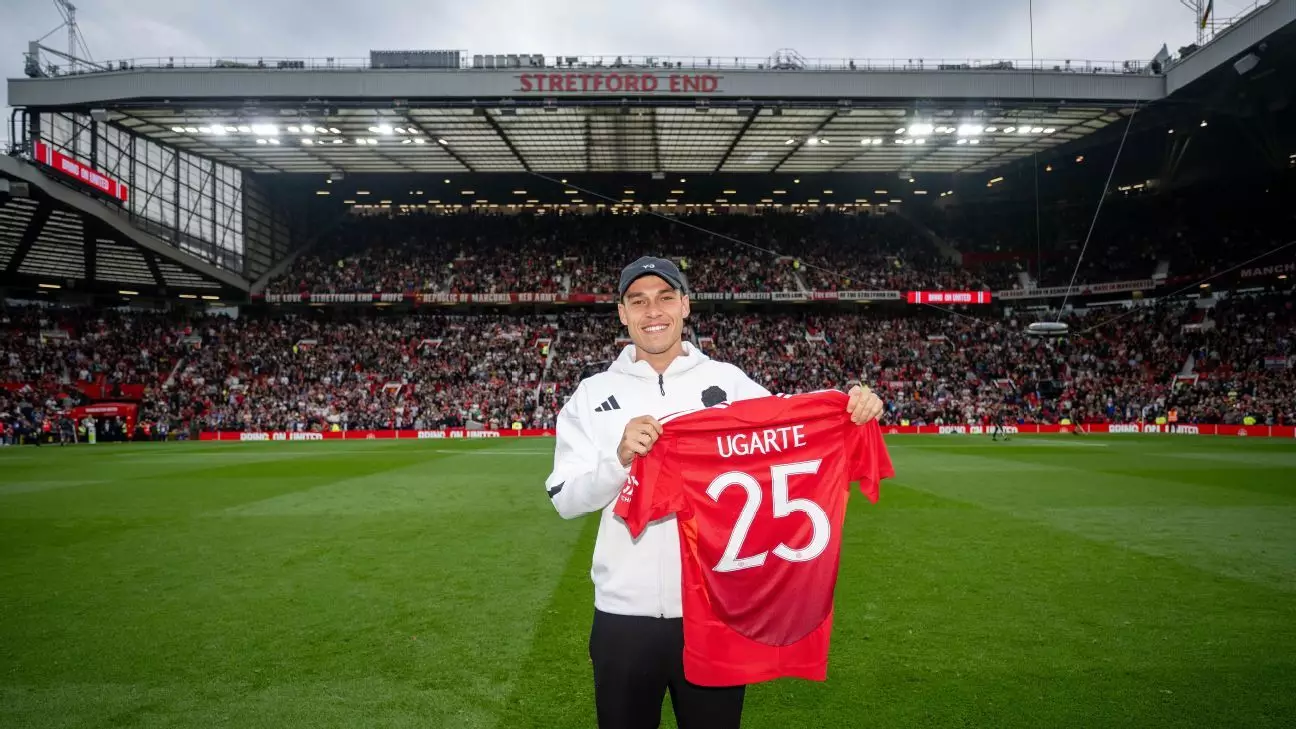The summer 2024 transfer window has come to a close, revealing a concerning trend in the Premier League. Net spending, which accounts for the difference between money brought in from player sales and money spent on player acquisitions, has seen a significant decrease. The Premier League clubs’ net spend this summer was reported to be approximately £629.8 million, a sharp decline of over 40% from the previous year’s figure of £1.070 billion. This drop marks the lowest net spend since 2019, with adjustments for inflation showing the lowest levels since 2014. These statistics paint a grim picture of overspending by clubs in previous years, leading to a current scenario where clubs are less willing and financially able to splurge on transfers.
Swiss Ramble, a renowned football finance blogger, has highlighted the financial challenges faced by Premier League clubs in his recent analysis. The operating losses for clubs have more than tripled in recent years, reaching £1.338 billion in 2022-23 from £413 million in 2018-19. Even with player sales factored in, the numbers show a significant financial strain, with losses increasing from £181 million to £710 million during the same period. This financial hardship has led to club owners having to inject funds, amounting to £1.1 billion in 2022-23, to keep their clubs afloat. Such financial pressures underscore the need for clubs to reevaluate their spending habits and focus on sustainable financial models.
The Three Investment Scenarios for Club Owners
When considering investments in a business like a football club, owners usually fall into one of three categories. Firstly, some owners are willing to bear losses based on their passion for the club, their desire for status, or a long-term project funded by substantial resources. Secondly, owners may expect profitability from their club, a difficult feat in the current financial climate of the Premier League. Lastly, owners may anticipate future capital gains, increasing the club’s value over time. Recent instances of failed club valuations, such as the cases of Manchester United and Liverpool, have cast doubt on the feasibility of significant future gains. As a result, clubs are shifting their focus towards financial sustainability rather than relying on speculative valuations.
Premier League clubs are facing a financial reality where revenue growth has not kept pace with past years’ massive spending. Clubs generate income primarily through matchday receipts, broadcast revenue, and commercial revenue. However, limitations on stadium capacity and pricing hinder the potential for substantial revenue growth from matchday receipts. Broadcast revenue, a significant income source, has plateaued in recent years, prompting leagues to seek stability over higher bidding wars for TV rights. While commercial revenue has shown some increase, it remains insufficient to offset the escalating player wages, which have soared in the Premier League since 2019. This financial equation has led clubs to reassess their spending patterns and prioritize financial sustainability to avoid ongoing losses.
Premier League clubs are adopting new strategies to achieve financial stability in the face of rising costs and stagnant revenues. One such strategy involves managing player contracts, with clubs prioritizing the release of high-wage earners and focusing on younger, more cost-effective talents. This shift is evident in the transfer market, where clubs are seeking to offload high earners and seek younger prospects with potential resale value. Additionally, clubs are leveraging data analytics to identify and recruit players based on long-term value rather than short-term experience, signaling a broader shift towards sustainable financial practices in football.
The current landscape of Premier League spending reflects a necessary shift towards financial sustainability and responsible financial practices. By reevaluating spending habits, focusing on developing young talents, and prioritizing long-term financial stability over short-term gains, clubs can navigate the challenges of rising costs and limited revenue growth. While the road to profitability may be challenging, the adoption of sustainable financial models will ensure the long-term viability and success of clubs in the ever-evolving world of football finance.

